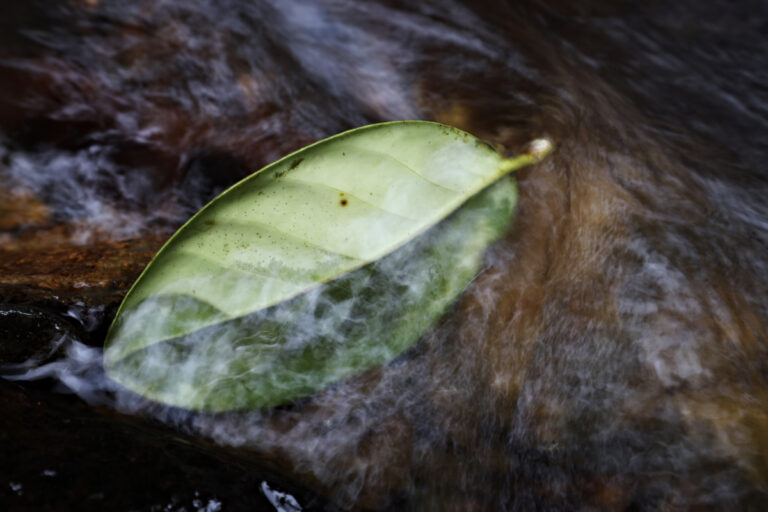Photo of the month (January 2024): Change
The quote “new year, new life” never made sense to me before the transition from 2023 to 2024. Literally, I left a 3-year living in Europe on Dec 31st. to land back in South America on Jan. 1st 2024, while seeing the firework shows over São Paulo from the plane’s window.
A new life then began, with much more difficulties than expected. The better part so far is living closer to the Atlantic Forest, where my passion for biological sciences and my concern with conservation began almost 30 years ago.
The biogeographical region of the Atlantic Forest extends along the Brazilian coast, with a latitudinal range of nearly 20 degrees and an altitudinal range from the sea level to 2900m asl. This geographical extent results in several ecosystem types, hosting thousands of endemic and threatened species.
In a research I lead from 2020 to 2022, it was found that out of the almost 20,000 endemic vascular plant species found in Brazil, around 13,000 are in the Atlantic Forest, ~4,000 are exclusively found in this ecoregion, of which 65% (from 1,728 to 2,883) is estimated to be under extinction risk due to habitat loss. Indeed, after five centuries of intense colonial and neocolonial predatory exploitation, there remains no more than 11% of preserved Atlantic Forest, mainly concentrated in steep slopes unsuitable to mechanized economic activities.
Despite the capital irrationality against the Atlantic Forest, in my opinion one of the most beautiful forest ecosystems in the world, the biodiversity still resists. Its resilience is deeply connected to the fast cycling of living matter, typical in the humid tropical climate. Scenesce and abrupt changes are key features of the ecosystem’s survival. Thus, my January photo portrays the cycle of the Atlantic Forest. For new leaves to grow, old ones must leave.

Because of the abrupt life changes, it was really hard for me to take the January photo. I have to admit it was only taken because of this self challenge, and I am glad I did it. And remembered with the life cycle of the Atlantic Forest the lesson that change is an essential part of being alive and resistant.
Further reading:
From my science background, I recommend the reading of the following two academic papers of mine related to the biodiversity in the Atlantic Forest, as well as this photobook from my colleague Victor Chahin.
Pompeu, João. “Performance of an automated conservation status assessment for the megadiverse vascular flora of Brazil.” Journal for Nature Conservation 70 (2022): 126272. https://doi.org/10.1016/j.jnc.2022.126272
Pompeu, João, and Roberto de Oliveira Portella. “Genetic viability and habitat suitability of the critically endangered southern muriqui (Brachyteles arachnoides) in the Atlantic Forest’s fragmented landscapes under land use and climate change scenarios.” Climate Change Ecology 5 (2023): 100065. https://doi.org/10.1016/j.ecochg.2023.100065
